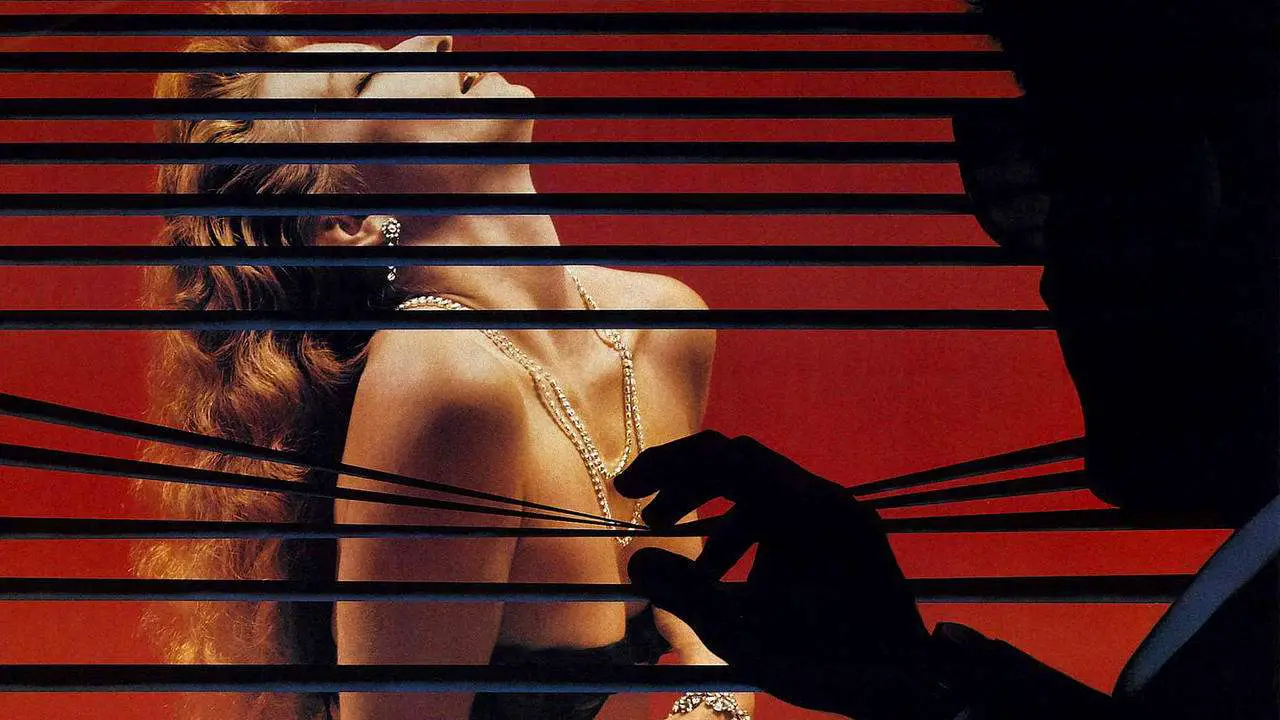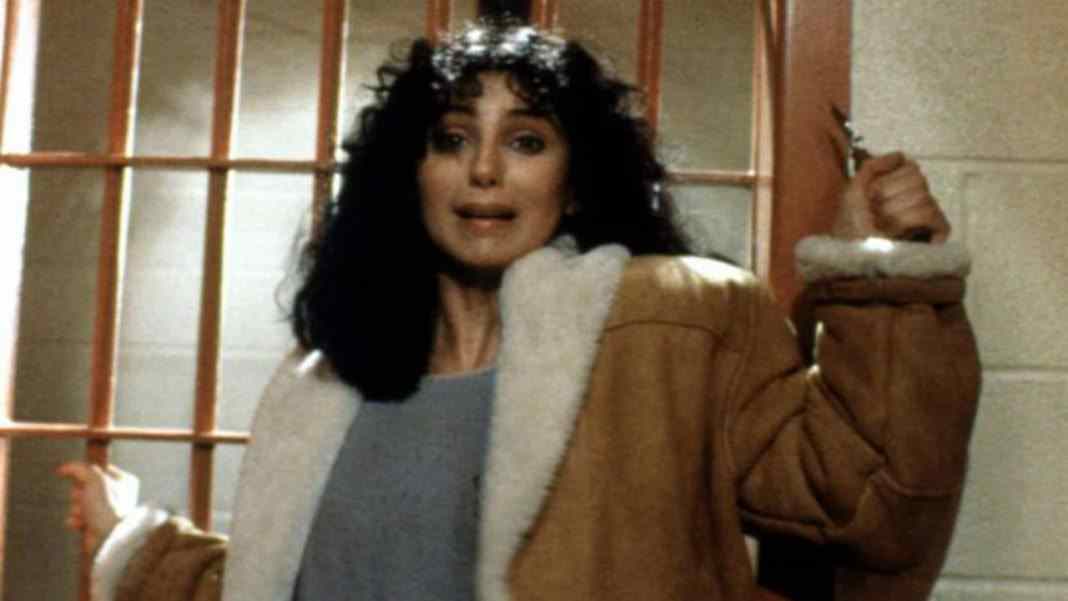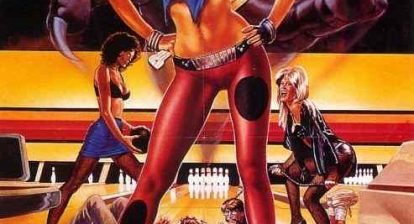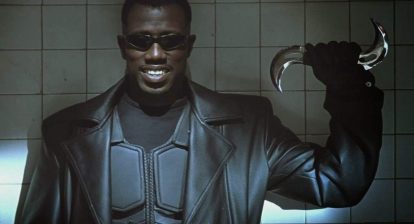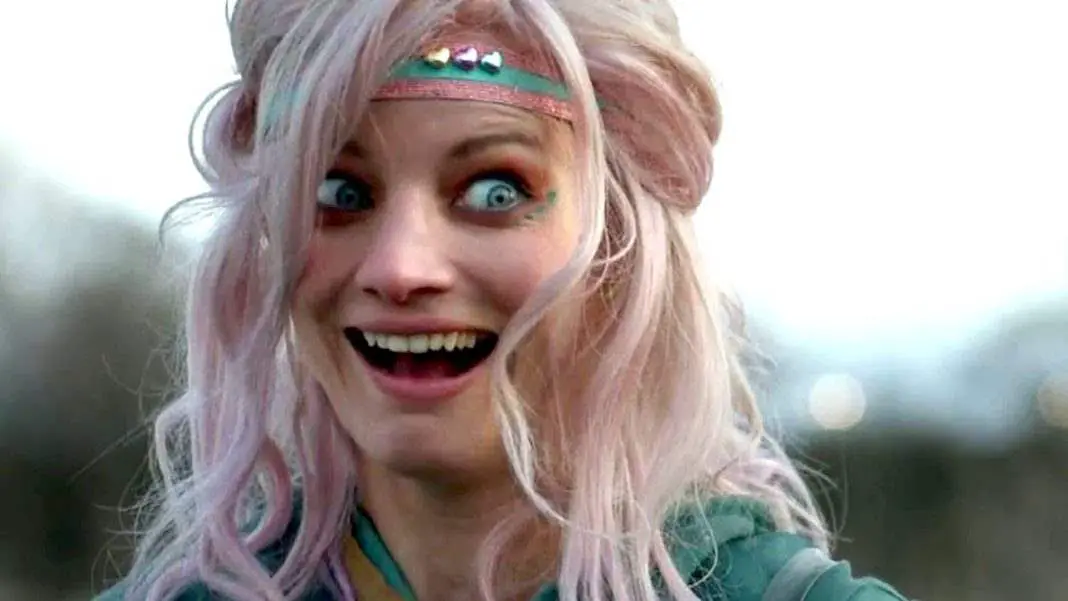Welcome to Back to the ’80s. This recurring feature aims to take a look at the good, the bad, and the ugly from horror’s most beloved decade. Regardless of which category a particular film falls under, this segment will spotlight films that horror fans can appreciate for one reason or another. We will look at how some of these flicks have stood the test of time and others have not aged quite so well. Regardless of what they look like today, these efforts from the 1980s laid the groundwork for the horror genre as we know it today.
Body Double is a 1984 film by Brian De Palma. Paying homage to Hitchcock, the picture uses elements from both Rear Window and Vertigo. De Palma uses duality to explore different sides of humanity and how one should not always trust their own eyes. This is a feature that takes more than one viewing to see all the inner workings going on behind the scenes. One point De Palma makes is that those elements (such as body doubles) are essential in the making of what an audience sees in a film. De Palma ensures a well-designed plot eliminating any distractions that may detract from viewing his artistic vision as a whole.
This feature follows down-on-his-luck Jake Scully (Craig Wasson). Jake is an actor suffering from claustrophobia and this becomes a conflict during his latest role. After being let go, he arrives home to find his girlfriend (Barbara Crampton) cheating on him. His luck seemingly turns around when fellow actor friend, Sam Bouchard (Gregg Henry), offers Jake a temporary place to stay. The structure is a Chemosphere that Sam is housesitting in for a friend. As Sam gets ready to leave town, he points out a telescope that allows Jake to peep on the beautiful Gloria (Deborah Shelton). Every night like clockwork, Gloria performs a solo erotic dance. After catching another man watching Gloria, Jake becomes concerned for her safety. Becoming more involved than he intended, Jake is ultimately led to the set of an adult film studio where he meets the seductive Holly Body (Melanie Griffith).

Wasson portrays Jake in a sympathetic fashion. This is necessary as the character engages in activities of a questionable nature. The viewer is meant to support someone who is acting as a Peeping Tom and a borderline stalker. Yet, had Jake refused to succumb to these activities he would not have been alerted to the danger surrounding Gloria.
Melanie Griffith is electrifying as Holly. From a feminist standpoint, the surface of Body Double shows women as objects to be glorified for the male gaze. Griffith’s performance scratches that surface to expose a strong female in charge of her own destiny. As a woman in the adult entertainment industry, Holly knows her own worth. She demands complete control of her work and expects to be well-compensated. As De Palma’s feature is a pastiche to the works of Hitchcock, it is unsurprising to find Melanie Griffith’s appearance. Her mother is Tippi Hedren, star of The Birds and Marnie.
By having the audience follow Jake’s narrative, De Palma suggests that there is a voyeur in all of us. The availability of adult films in the early 1980s proved there was high demand for the material. One scene shows a Tower Records (RIP) store that keeps their supply of adult flicks well-stocked. After having followed Gloria, Jake is shown to be impassively watching an adult channel. It is important to note is he was not shown doing so before. He prefers a personal relationship and it is not necessarily in his character to be a Peeping Tom. Watching adult films is impersonal to him unlike with Gloria where he feels a connection.
De Palma makes a satirical comment on the myriad of people attracted to voyeurism. The idea is that there is a varying degree attracting people to these kinds of videos. The dirty movies in Body Double even come critically acclaimed. One is labeled “The Gone with the Wind of adult films!” The suggestion becomes that the watching of other people is something appealing to every class of person. One person might have a stereotypical perversion whereas another might be searching for a high brow type of adult entertainment. No matter where they are in life, it is difficult for most people not to look. Or, at least take a peek.

While keeping a high level of suspense, De Palma incorporates another layer to the film that almost invites the audience into participation. Many audience members might be thrown by the way in which the director inserts moments that take the viewer out of the experience. This is a deliberate style choice. One example of this style is a scene revealing the technical aspect of using a body double. Jake is in the shower with an actress and the director yells, “Cut!” The body double then steps in to do the “dirty work.” The final cut of the sequence is played for the benefit of the audience to show how two very different people can be made to look like one. De Palma is literally telling the audience that they should not believe everything they see which is the main theme of the film.
De Palma employs 1980’s New Wave music and an abundance of neon visuals to help tell the story. One of the most powerful scenes incorporates both elements featuring the song “Relax” by Frankie Goes to Hollywood. This is the moment the audience first becomes aware that the film’s perception of reality is not all that it seems. This meta-reality is thematic to the film as a whole. The audience follows Jake as he walks down a staircase while the band lip synchs to the song. The surreal visual misleads whether this is Jake’s reality or if he is now in the movie. As he approaches the ladies dressing room, the viewer believes Jake is continuing with his voyeurism trying to spy on Holly. The door swings open to reveal cameras and thus the audience knows he is now in the film.
Another moment where the film becomes self-aware is when Jake leaves reality in order to conquer his fear. He visualizes that he is trapped in a small space. The idea of the film is that reality is different for everyone and not everything is what it seems. The tag at the end of the movie illustrates this point by literally showing how body doubles work in the medium of film.
Like his earlier work, De Palma take another’s ideas and makes them his own. He is obviously a fan of Hitchcock as this film relies heavily on the themes of Rear Window and Vertigo. The suspense is top-notch. His strong direction forgives any would-be plagiarism because he is telling a different version of the story. Hitchcock sets up the foundation; De Palma builds a different house. Body Double rests in the area known as not quite horror, however fans of the 1980’s will find much to enjoy in this De Palma classic.

